Galileo restoration continues and we are making a great deal of progress. We have had a great deal of support from fans. Below are some highlight photos from February 2013.
Rear - before impulse deck built.
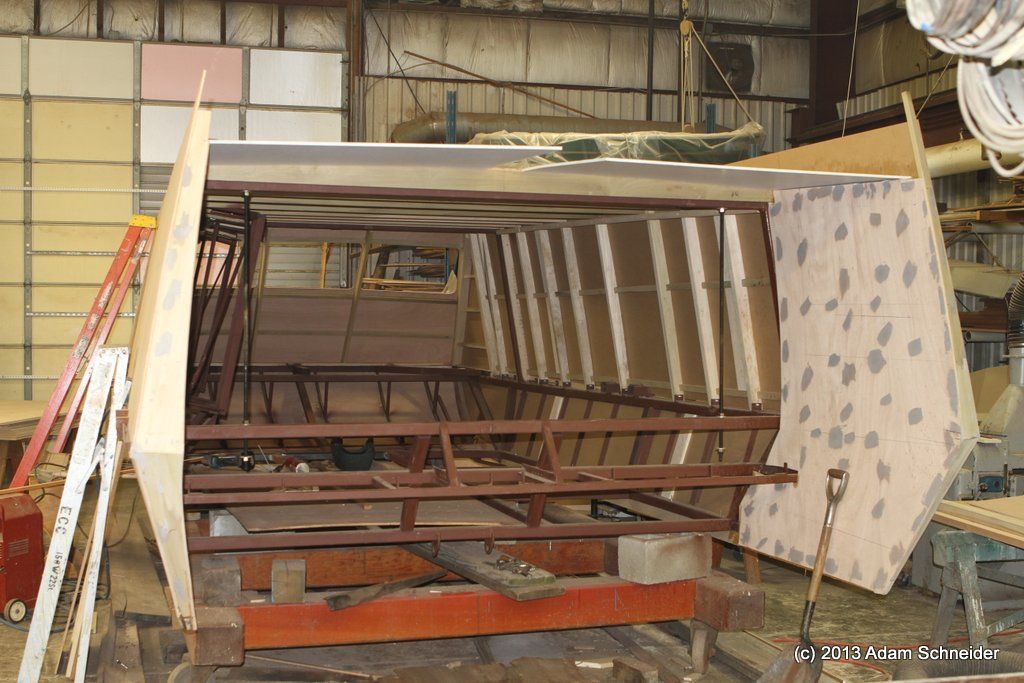
The impulse deck being built... laminating the layers.
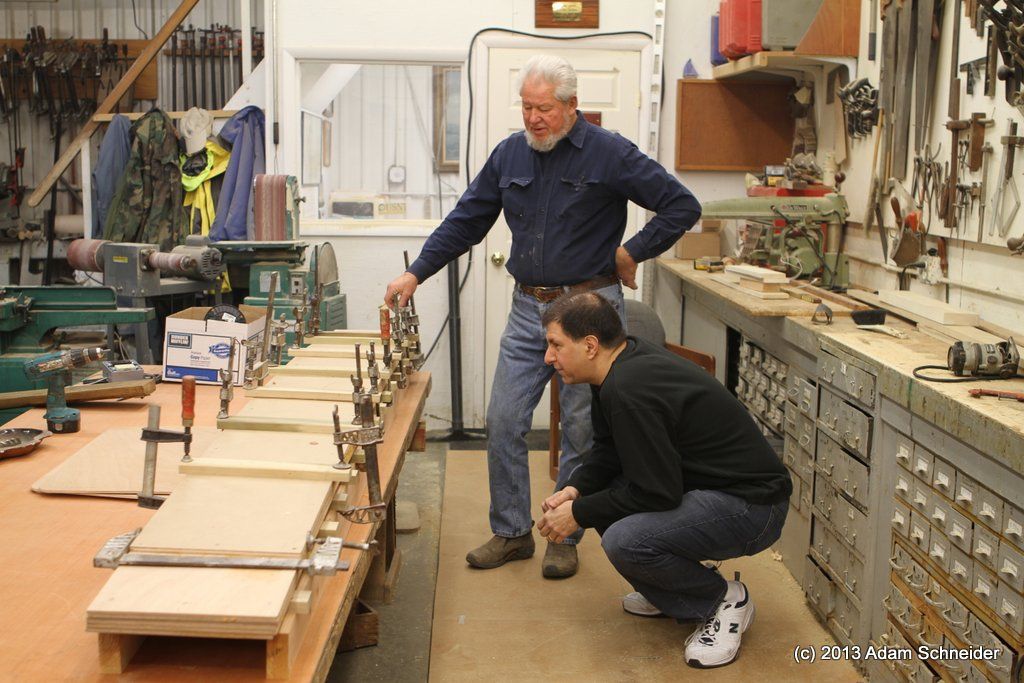
From the front: coming along!
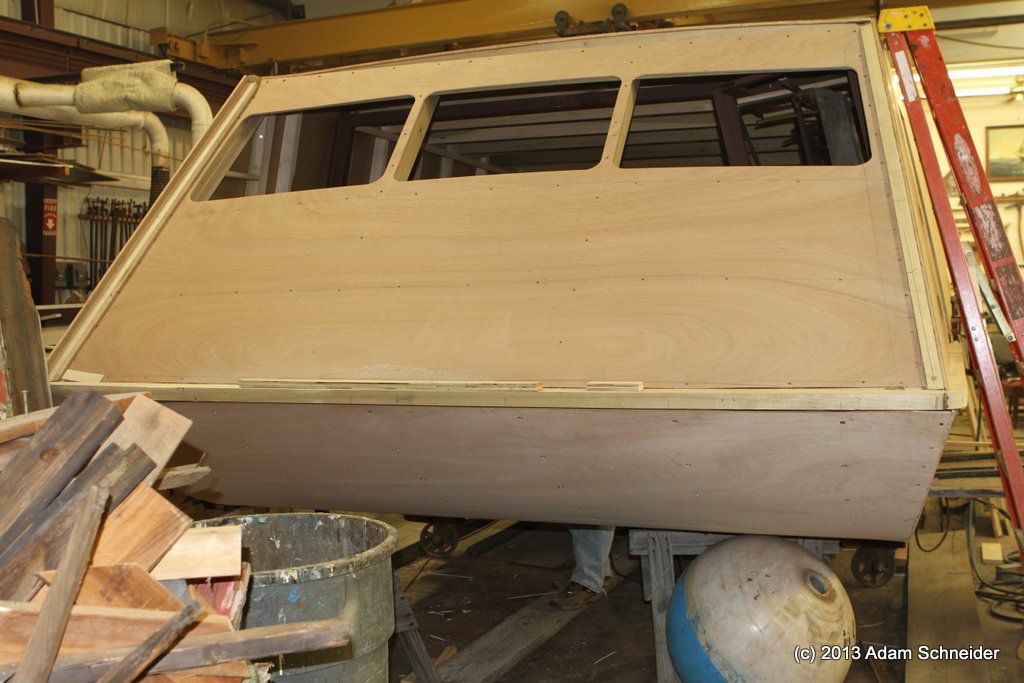
Part of the paint match process - an original piece of Galileo wood, and note how the colors in test don't come very close. Remember, the wood is old and the color weathered.
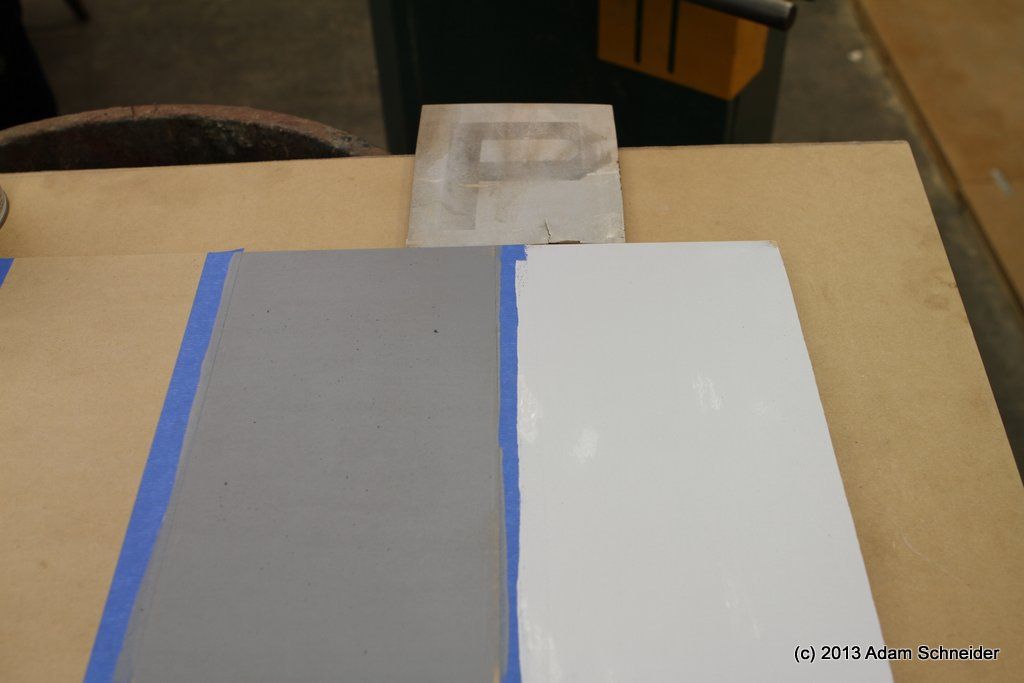
Impulse deck - assembled!!
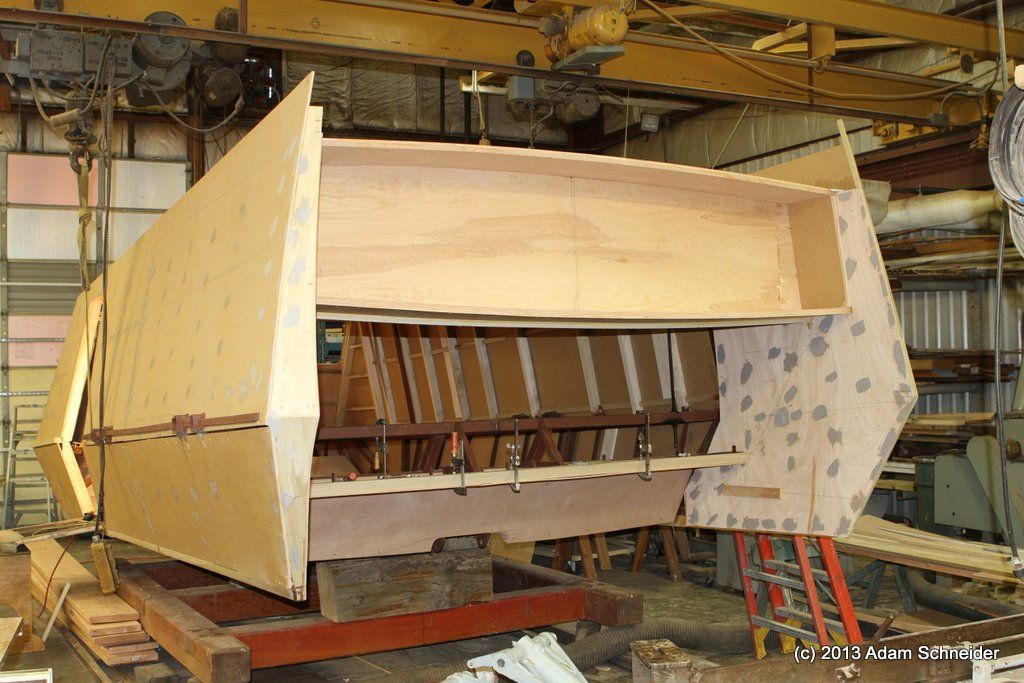
Inside looking forward:
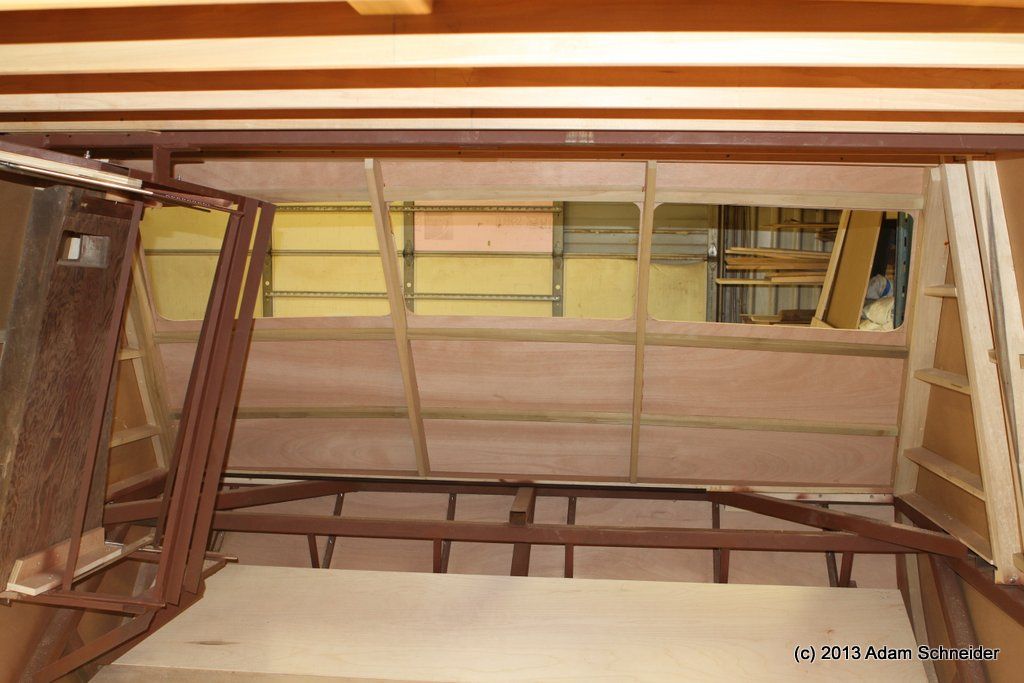
Inside looking rear:
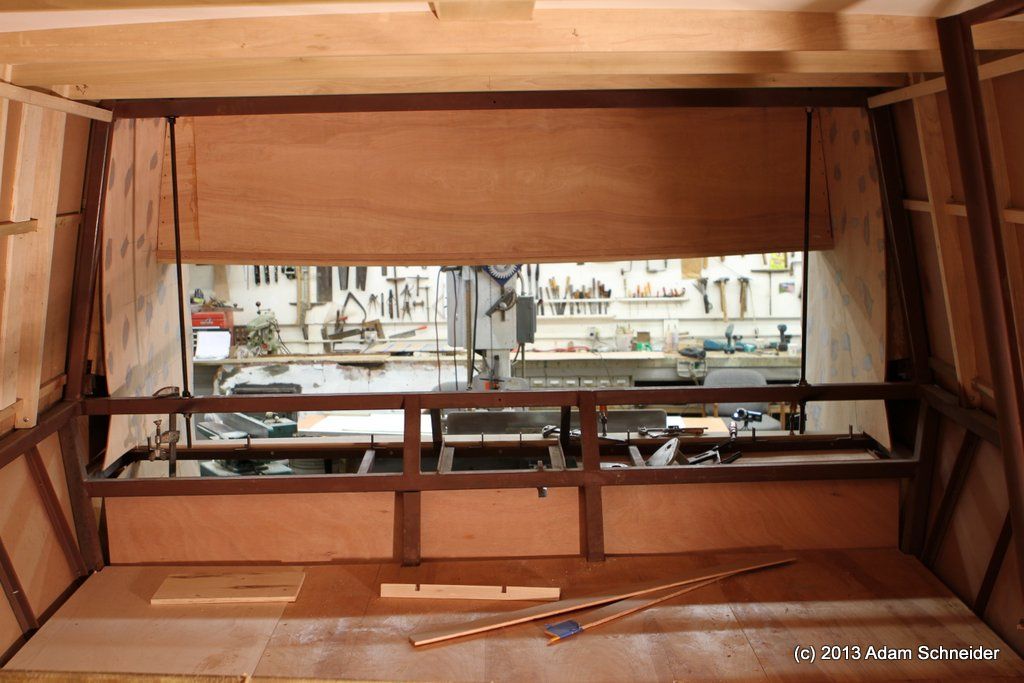
And the landing gear being fit in!
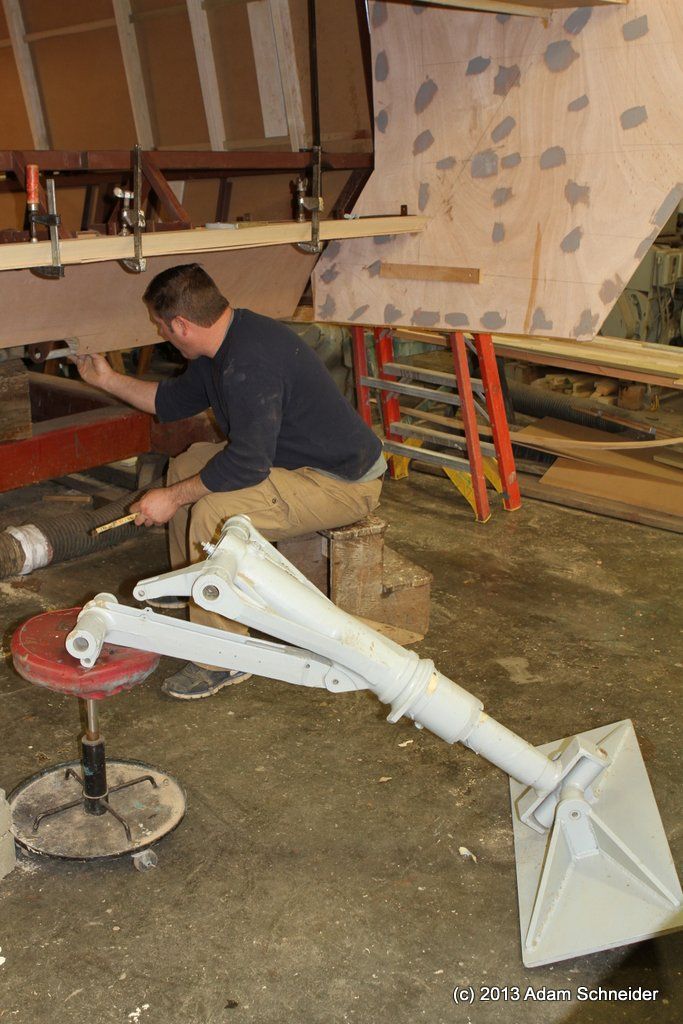
Finally: we made The New Yorker - great article and a bit of "day in the life" of the restoration. Thanks to Tom Vinciguerra who is a dedicated fan.
http://www.newyorker.com/online/blogs/culture/2013/02/the-fate-of-star-treks-galileo.html
Enjoy. Appreciate everyone's support.
Rear - before impulse deck built.

The impulse deck being built... laminating the layers.

From the front: coming along!

Part of the paint match process - an original piece of Galileo wood, and note how the colors in test don't come very close. Remember, the wood is old and the color weathered.

Impulse deck - assembled!!

Inside looking forward:

Inside looking rear:

And the landing gear being fit in!

Finally: we made The New Yorker - great article and a bit of "day in the life" of the restoration. Thanks to Tom Vinciguerra who is a dedicated fan.
http://www.newyorker.com/online/blogs/culture/2013/02/the-fate-of-star-treks-galileo.html
Enjoy. Appreciate everyone's support.


